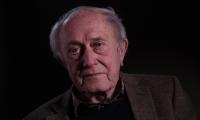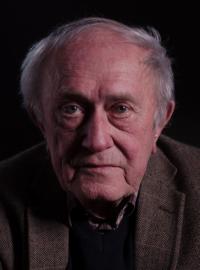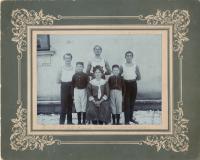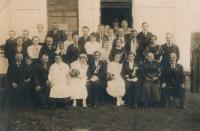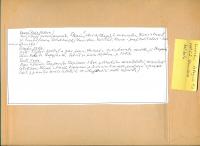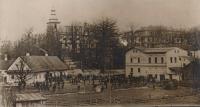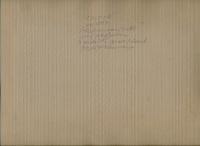“Overcoming hardships strengthened me for upcoming battles.”

Download image
Professor Stanislav Kolíbal was born on the 11th of December 1925 in Orlová to a worker’s family. After graduating from elementary school in Orlová in 1936, he began studying at a Czech grammar school. After the Polish annexation of the Těšín region, his family moved to Ostrava where he continued his studies. In the spring of 1944 he was assigned to forced labor at Ostrava’s mine František. In the summer of 1944 he got accepted to a school of arts, architecture and design but only began studying after the end of the war in October 1945. He just about passed the post-February 1948 student vetting and in 1951 graduated from prof. Antonín Strnadel’s atelier of applied graphics. He furthered his studies at the Theatre Faculty of the Academy of Performing Arts in Prague, graduating in stage design in 1954. In 1952, he got married to the sculptor Vlasta Prachatická with whom he raised two children. Since 1952, he was a member of the Association of Visual Artists. In 1960-1970, he was a member of the artists’ group UB-12. He has worked in book illustration, graphics, stage design but became best known as a sculptor and conceptual artist. From 1973 - 1980 he was banned from exhibitions and sale of artworks on the Czechoslovak territory. From 1990-1993, he was the head of the Sculpture-Installation Department at the Academy of Fine Arts in Prague. He took part in a number of individual and group exhibitions, his works are presented in the world’s prominent galleries and he had undertaken many foreign study visits. His works are documented in monographs and exhibition catalogues, the newest one being Sculpture and Projects (published in Prague, 2012). In 2005, he received the Czech Medal of Merit for his work in the field of fine arts.
